(CLO) The recent incident of many people climbing on artifacts at the Vietnam Military History Museum has caused a stir in public opinion, especially on cultural and historical forums. The seemingly innocent actions of some individuals have brought many thoughtful perspectives on attitudes towards cultural heritage, as well as the community's awareness of protecting historical values.
When artifacts become "playgrounds"
Over the past few days, images of artifacts at the Vietnam Military History Museum such as tanks, airplanes... which were once symbols of glorious historical victories have become places for some people to climb up to take pictures and have fun, causing many mixed opinions.
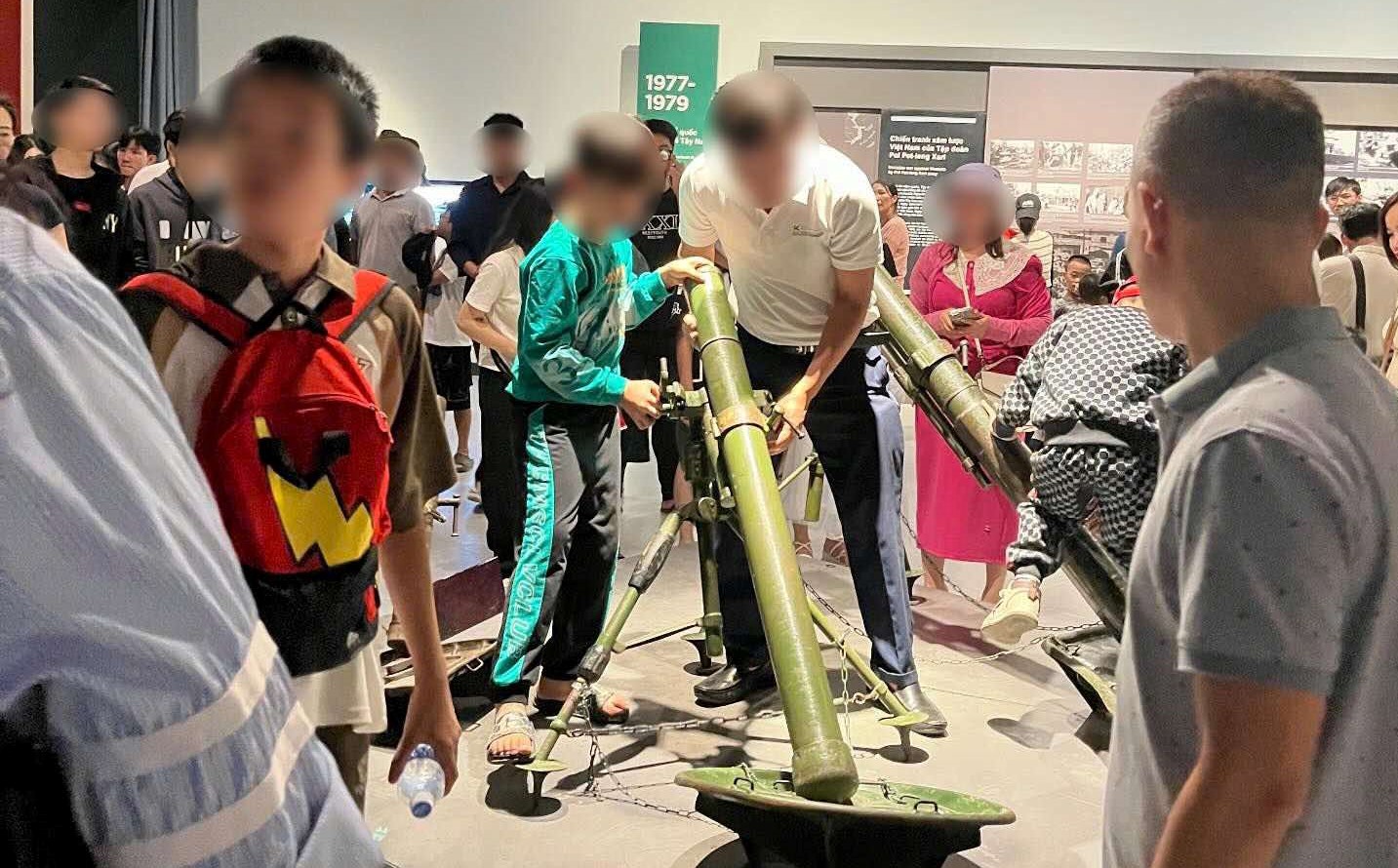
For some, this action is simply a matter of curiosity or a desire to preserve “special” moments. But for others, it is a sign of disrespect for history.
The artifacts in the museum are not just inanimate objects, but they carry symbolic meaning, are witnesses of time, blood and sacrifice of generations of ancestors.
The fact that some people climb and stand on artifacts not only risks damage but also damages historical value, which is no different from tarnishing the golden memories they represent.
The incident raises big questions about public awareness when approaching cultural heritage. Part of the reason may stem from a lack of knowledge about the meaning and importance of artifacts. For many people, museums are still more of a place to “take check-in photos” than a place to learn and contemplate history.
In addition, the lack of clear regulations, specific signs, or the presence of security guards in key areas also contributes to creating conditions for uncontrolled actions.
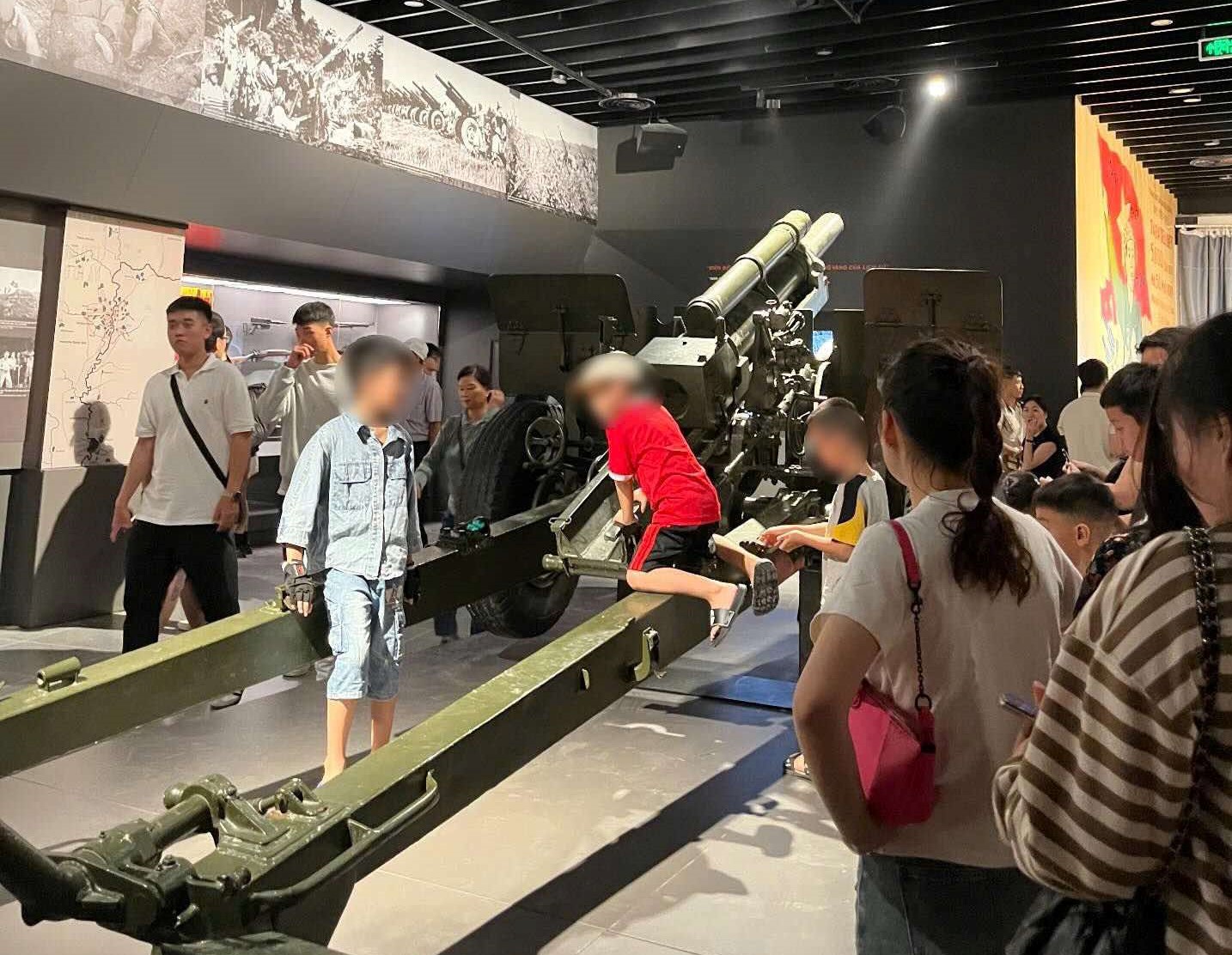
A reader named Xuan Thanh commented on social media, "Visiting the Museum on Sunday afternoon (November 10), I was surprised and amazed to see many young parents trying to put their children, lead their children, hold their children, push their children, force their children... onto artillery mounts, guns, tanks... to take pictures. Passing by the exhibits, wanting to look closely to compare, examine... many young people stood in front of them, leaning, hugging, touching... the exhibits, making them extremely uncomfortable! It was so painful! Many people looked intellectual but had such poor awareness!"
"I feel very sad when witnessing images on social networks of many people, including adults, touching, fondling, and even moving some artifacts at the Vietnam Military History Museum. It may be out of curiosity or just a spontaneous action, but this shows that they lack respect for history, do not realize the consequences and harms of their actions that can damage artifacts and the very people who strive to protect and preserve the priceless values of history," Mr. Nguyen Van Dung, a veteran in Hanoi, shared on a forum.
Heritage protection: everyone's responsibility
From this incident, it is necessary to recognize that the responsibility to protect historical and cultural values does not only belong to museums but also to society as a whole. Museums need to establish many measures to protect artifacts, such as fences or clear signs in vulnerable areas.
At the same time, public education, especially among the younger generation, about the importance of cultural heritage should be emphasized. Museum tours should be accompanied by guides or explanatory materials to raise awareness among visitors.
According to a researcher on cultural preservation, the act of climbing on artifacts shows a lack of respect for history and cultural heritage. This is not only a personal mistake but also a sign of a lack of community education about the meaning and value of historical artifacts. He emphasized the need to promote community education programs, especially for young people, through interactive activities with museums such as hands-on tours or heritage discussions.
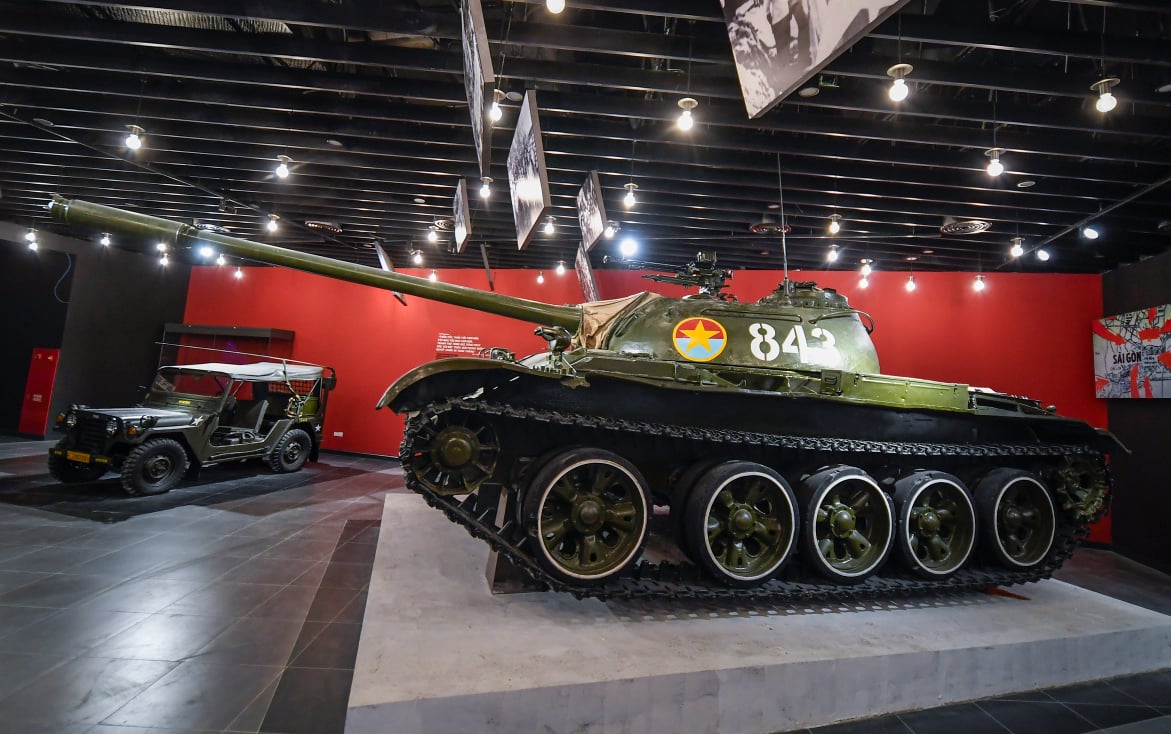
Museums not only preserve artifacts, but also preserve the memory of the nation. Airplanes, tanks or any artifacts are evidence of heroic history, the crystallization of patriotism, intelligence and sacrifice.
To intentionally or unintentionally damage artifacts is to deny the value of the stories they tell. This reminds us that, while the country becomes more developed and modernized, respect for history must still be preserved as an integral part of national identity.
Behaving civilly at museums is not only a manifestation of personal awareness, but also a respect for history and the community.
The lesson learned from this event is not only for those present at the museum that day, but is a general reminder for all of us: Do not let ignorance fade the values that history has worked so hard to preserve.
Trong Nhan


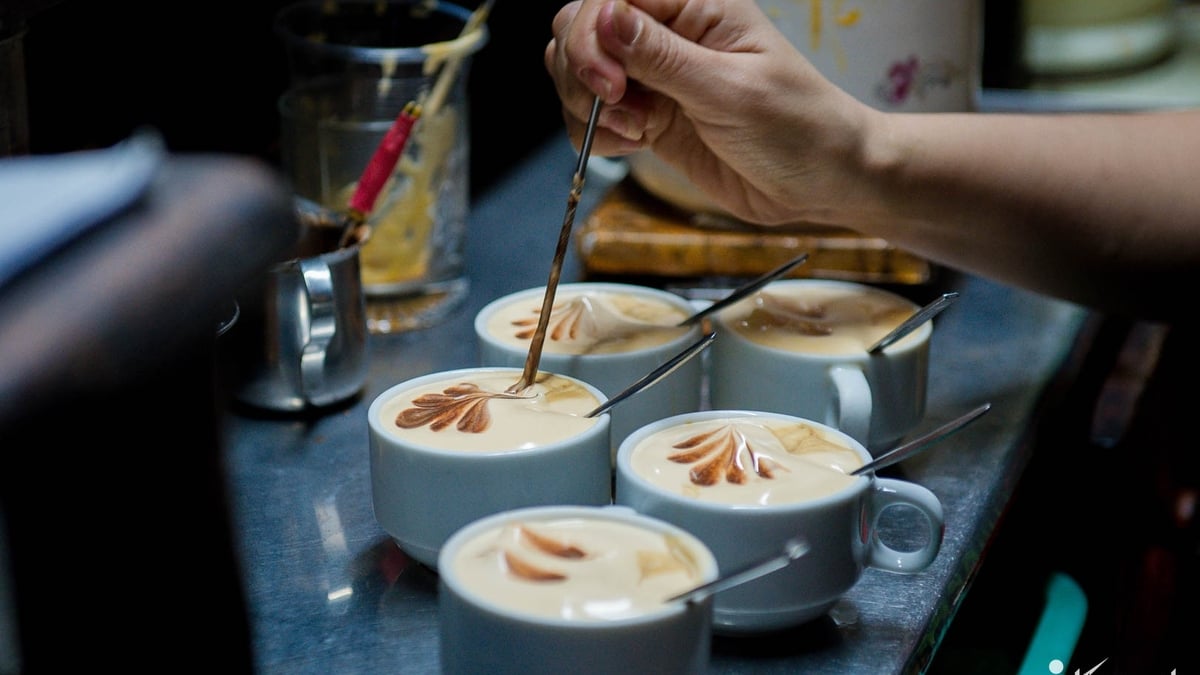




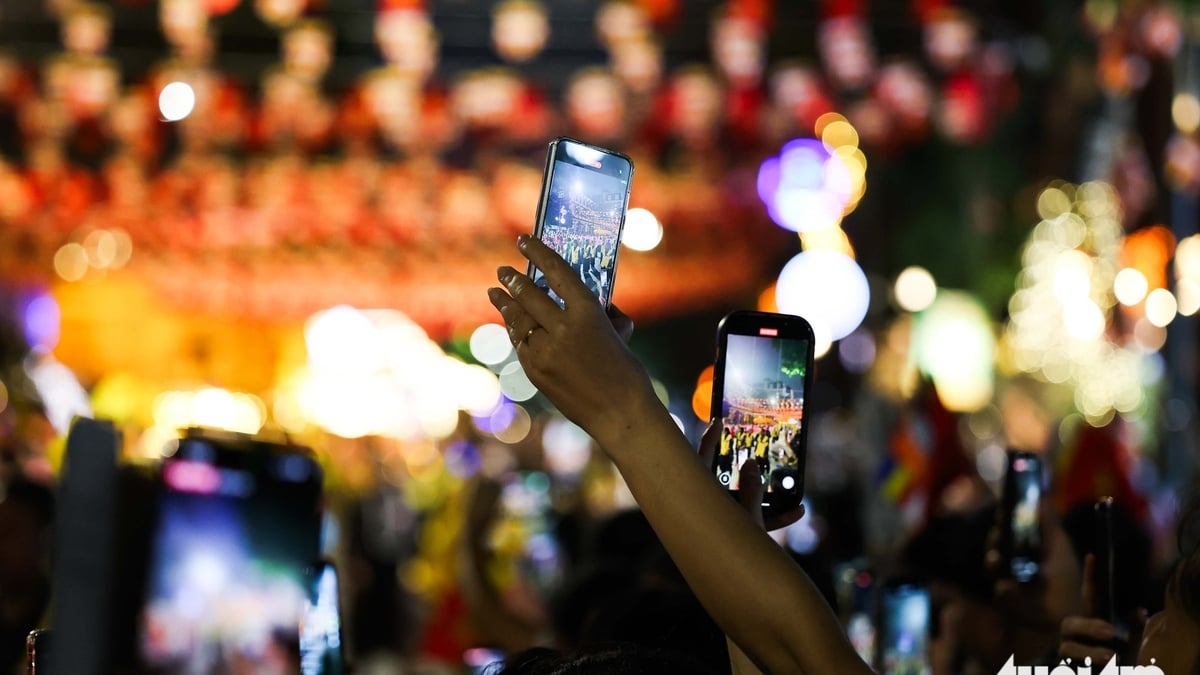


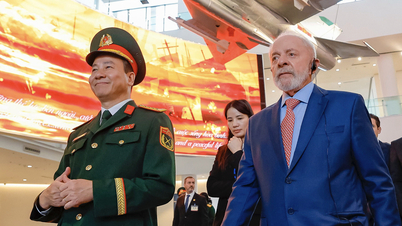

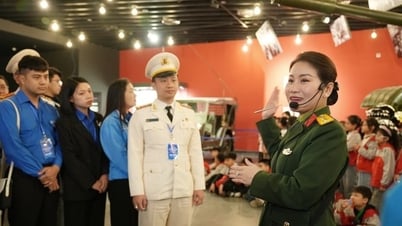

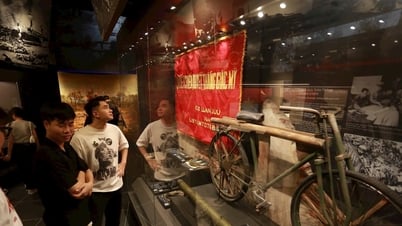




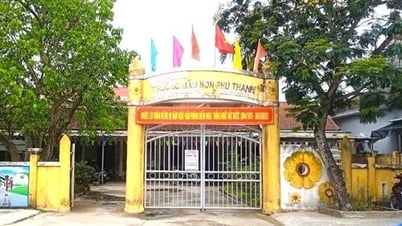

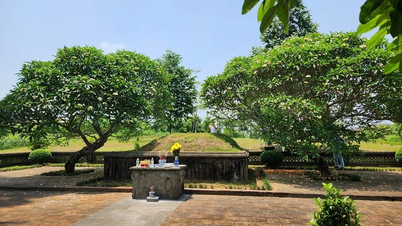











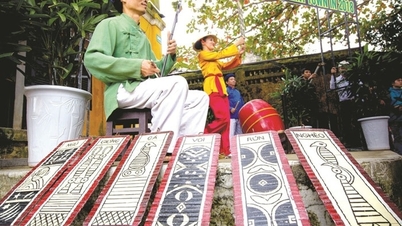
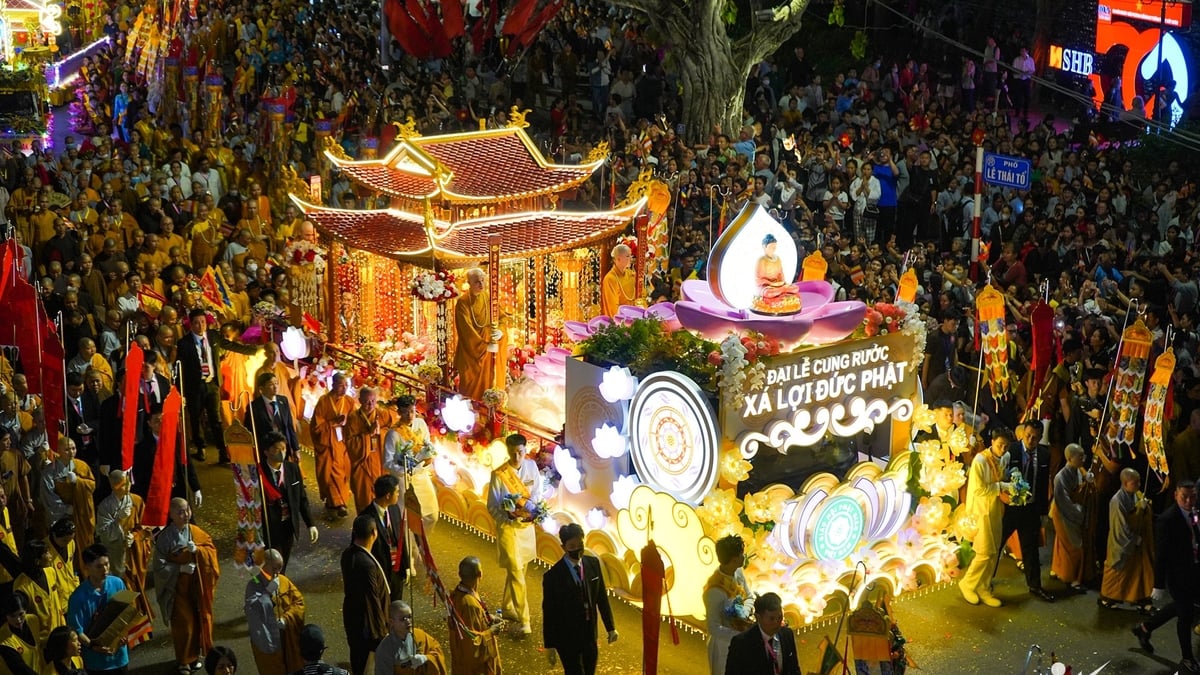












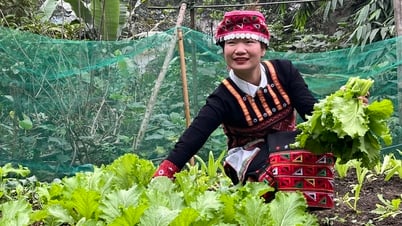




























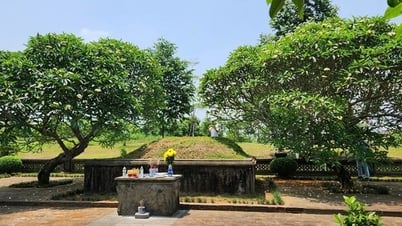



















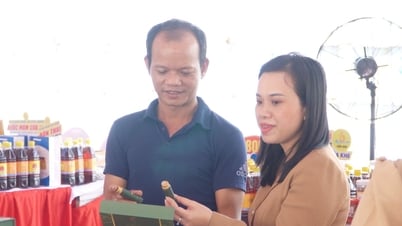






Comment (0)